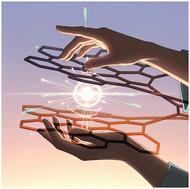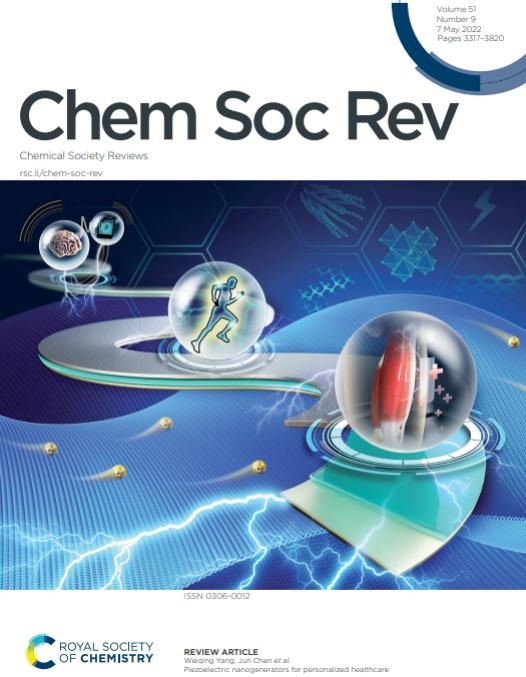Bilayer nanographenes: structure, properties, and synthetic challenges
IF 39
1区 化学
Q1 CHEMISTRY, MULTIDISCIPLINARY
引用次数: 0
Abstract
Molecular nanographenes (NGs)—graphene analogues at the nanoscale—exhibit atomically defined monodispersity in both size and shape. This synthetic precision enables fine control over their properties. Among the emerging strategies to modulate their electronic and optical properties, vertical π–π stacking between the graphitized layers has recently gained attention as a powerful design tool. In this review, we explore the synthesis, structural features, and functional implications of bilayer and multilayer nanographenes, with a particular focus on the bilayer effect—a through-space electronic communication arising from the interlayer overlap. We discuss how the degree of π–π overlap, rather than solely π-extension, governs key properties such as HOMO–LUMO gap, redox behavior, photoluminescence shifts and quatum yields, and chiroptical responses. Molecular architectures incorporating helicenes, spirocycles, or non-benzenoid motifs enable the deviation from planarity, ususally presented in nanographenes, allowing the precise synthesis of covalently π–π stacked topologies that amplify this effect. Furthermore, this concept also extends to other NGs such as multilayers, supramolecular assemblies, and donor–acceptor complexes, revealing the versatility of the bilayer approach. The first synthetic approaches to access enantiomerically pure bilayer NGs are also disclosed, opening new avenues for their use in advanced technological applications. Overall, the bilayer effect emerges as a novel structural parameter for tuning the properties and function of π-conjugated carbon-based materials, opening new frontiers in molecular chiral optoelectronics, spintronics, and quantum nanoscience.

双层纳米石墨烯:结构、性质和合成挑战
分子纳米石墨烯(NGs)——纳米尺度上的石墨烯类似物——在大小和形状上都表现出原子定义的单分散性。这种合成精度可以对其性能进行精细控制。在调制其电子和光学特性的新兴策略中,石墨化层之间的垂直π -π堆叠作为一种强大的设计工具最近受到了关注。在这篇综述中,我们探讨了双层和多层纳米石墨烯的合成、结构特征和功能意义,特别关注双层效应——一种由层间重叠引起的穿越空间的电子通信。我们讨论了π -π重叠的程度,而不仅仅是π-扩展,是如何决定HOMO-LUMO间隙、氧化还原行为、光致发光位移和量子产率以及热响应等关键性质的。包含螺旋烯、螺旋环或非苯基序的分子结构使得纳米石墨烯通常呈现的平面性偏离,允许精确合成共价π -π堆叠拓扑结构,从而放大这种效应。此外,这一概念也延伸到其他纳米粒子,如多层、超分子组装和供体-受体复合物,揭示了双层方法的多功能性。还公开了获得对映体纯双层纳米粒子的第一种合成方法,为其在先进技术应用中的应用开辟了新的途径。综上所述,双分子层效应作为调节π共轭碳基材料性能和功能的一种新的结构参数,在分子手性光电子学、自旋电子学和量子纳米科学领域开辟了新的领域。
本文章由计算机程序翻译,如有差异,请以英文原文为准。
求助全文
约1分钟内获得全文
求助全文
来源期刊

Chemical Society Reviews
化学-化学综合
CiteScore
80.80
自引率
1.10%
发文量
345
审稿时长
6.0 months
期刊介绍:
Chemical Society Reviews is published by: Royal Society of Chemistry.
Focus: Review articles on topics of current interest in chemistry;
Predecessors: Quarterly Reviews, Chemical Society (1947–1971);
Current title: Since 1971;
Impact factor: 60.615 (2021);
Themed issues: Occasional themed issues on new and emerging areas of research in the chemical sciences
 求助内容:
求助内容: 应助结果提醒方式:
应助结果提醒方式:


